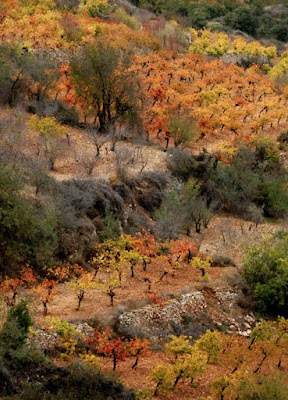 HOW I GOT THE SHOT: Beauty may be in the eye of the beholder, but everyone agrees when something is totally cool. I can only imagine the superlatives that issued forth from workmen at a quarry near Beit Shemesh when they accidentally blasted their way into the Soreq Cave in 1968. Although only 30 minutes from my home, I had never been tempted to visit because, frankly, as a photographer, I shun places that have no light. But a winter storm and school vacation combined to motivate our family to make the short trip during Chanukah and we were not disappointed.
HOW I GOT THE SHOT: Beauty may be in the eye of the beholder, but everyone agrees when something is totally cool. I can only imagine the superlatives that issued forth from workmen at a quarry near Beit Shemesh when they accidentally blasted their way into the Soreq Cave in 1968. Although only 30 minutes from my home, I had never been tempted to visit because, frankly, as a photographer, I shun places that have no light. But a winter storm and school vacation combined to motivate our family to make the short trip during Chanukah and we were not disappointed.The photographs of the cave I had seen prior to my visit, much like the four I offer here, do not do justice to the experience of being inside the huge cave. The millennia-old stalactites and stalagmites, ever growing and changing, are lit with carefully positioned spotlights that enhance the stunning visuals. Using this available light with my f1.4 50mm lens and ISO cranked up to 800, I grabbed a few shots without a tripod during the short walk through the cave and several more during the two-minute shooting time allotted at the end of the tour. In addition to working in extremely limited light, I had to overcome lens fogging as a result of bringing my cold camera into the humid cave. I wasn't prepared for this and was stymied for about 10 minutes until my camera warmed up enough to stop moisture forming on the glass.
These four shots represent some of the diversity found in the cave. The lower right image features what is called a wall, where stalactites forming from above meet stalagmites growing up from the ground. For all of us, bearing witness to such phenomena in nature fulfilled any need to capture a perfect image for posterity. Truly a cave of wonders.




.jpg)






































